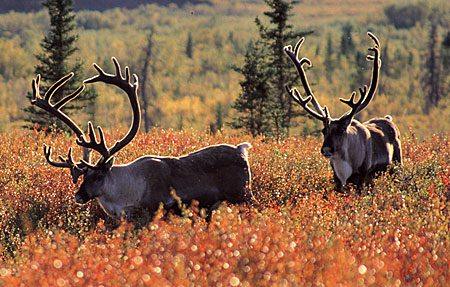About three and a half miles outside Nome—as the raven flies—a team of researchers are studying the variety of birds found on the Seward Peninsula every summer.
Molly Mcdermott is one of the field technicians. “We see lots of Fox Sparrows, Lapland Longspurs. Savannah Sparrows, Arctic Warblers, Yellow Warblers, some Whimbrels,” said Mcdermott, listing some of the most common species seen by the research crew.
This week the U.S. Geological Study survey, now in its third year, is switching gears. Since late May, they have been traveling the Seward Peninsula, counting how many birds they see and hear across 350 sites.
Now, as the birds enter a less vibrant period, the team is returning to those sites and logging the areas’ flora and invertebrates—potential habitats and food sources for birds.
The project builds off a study done 25 years ago. Researchers are comparing current data with that study to see what changes have occurred in the land and bird distribution over the quarter century.
Lance McNew, the lead researcher, says the land has gotten a lot more shrubby—with a change in the types of birds that thrive there. He believes climate change is driving these and other shifts.
Listen to hear more about the study and life at “Bird Camp.”







